
views
Adjusting the Side Mirrors
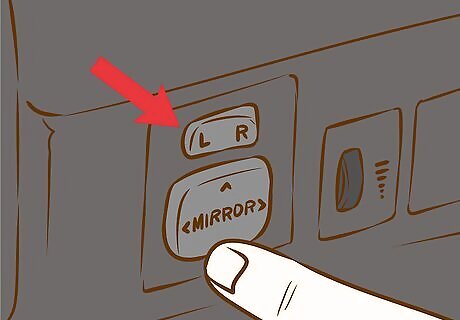
Lean your head over to the left and adjust the mirror. You should be leaning so that your head almost touches the driver's window. If your mirror is adjusted in the traditional fashion, the side of your car should almost take up the whole mirror. Correct this by adjusting the mirror until you can just see the rear quarterpanel (the rear end of the car). If you’ve adjusted the mirror correctly, the rear of your car should occupy less than a third of the mirror.

Lean your head to the right and adjust your side mirror. Your head should be as close to the center as you can without having to leave your seat. From there, position the right side mirror so you can just see the rear quarterpanel of the passenger side in the mirror. Again, ensure the quarterpanel takes up less than a third of the mirror’s view.
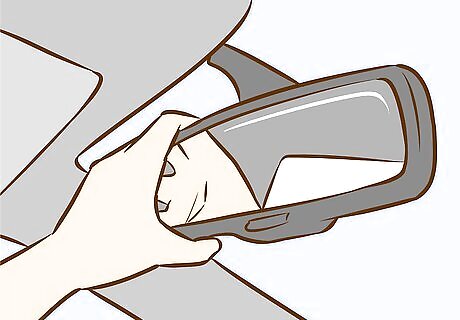
Return to your usual position in the driver’s seat and adjust the center rearview mirror. Place this mirror to see as much of your rear window as you can. You want to see directly out of the rear of your vehicle; don’t try tilting the mirror to get a better view of traffic on either side. The center mirror should compensate for what the side mirrors can’t see, not compensate for badly adjusted side mirrors.
Confirming the Elimination of the Blind Spots
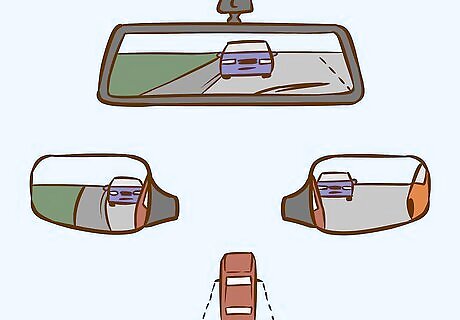
Check the adjustment of your mirrors from a normal, seated driving position. You shouldn’t be able to see your car at all in either side mirror, giving you a much wider view. If you can still see the side of your car in either mirror, try the above steps again. You’ll likely need to adjust the mirrors so they point further outward.

Confirm the additional view provided by your side mirrors after proper adjustment. Your mirrors should now cover more of the lanes right next to your car. Not only can you keep track of cars behind you and to the side, but you can follow them visually as they approach, going a long way to eliminating your car’s blind spots. While you’ll still want to perform a quick shoulder check for added safety when changing lanes, you’ll now have a better view of vehicles and objects to the sides.
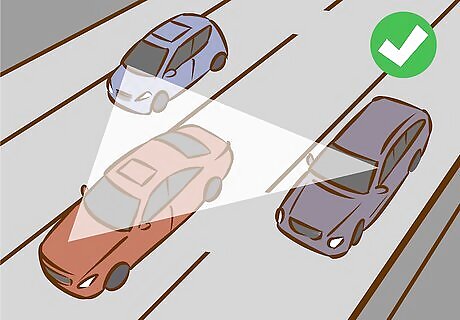
Check to ensure objects to the rear transition to the side mirrors as they pass you. Pay particular attention to cars passing you. As they approach, you should first see them in the center rear view mirror. Then, as they pass you, they’ll move laterally through your center rear view mirror until they appear in the corresponding side mirror. This transition should be smooth; the vehicle should be reflected by your side mirror as soon as it leaves the center mirror. This confirms the elimination of your car’s blind spots. If there is a pause between the vehicle leaving the center mirror and appearing on your side mirror, you’ll need to re-adjust your mirrors as there’s still a blind spot left.










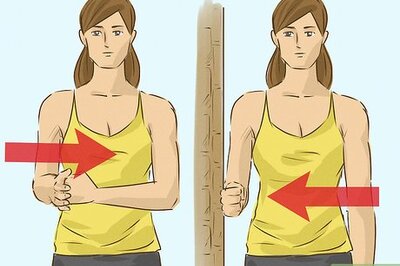

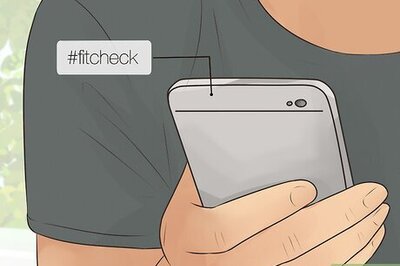

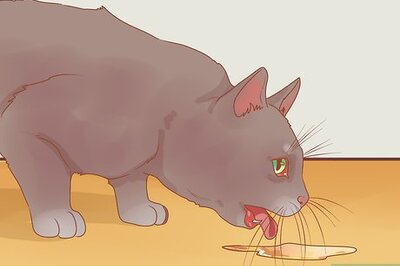





Comments
0 comment